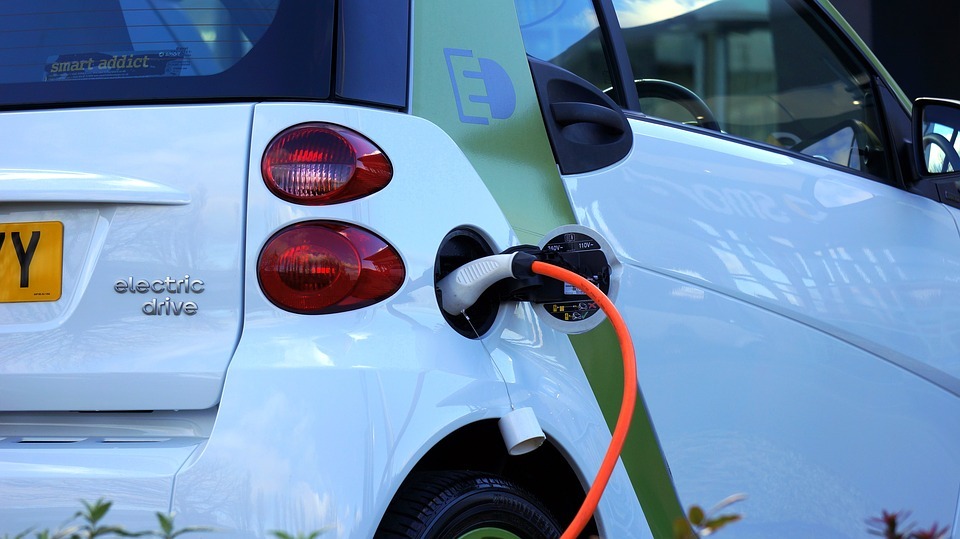Electric cars are on the rise. Thanks to a combination of climate concerns, and the development of the lithium-ion battery, we’re starting to see them pop up in suburban driveways across the country. By 2030, the government has even pledged to dispense with existing petrol and diesel-powered cars entirely, by banning the sale of new ones.
So, what does this mean for the future of motoring? Let’s take a look at how the electric car might develop in years to come.
Cleaner Emissions
Researchers from the universities of Cambridge, Exeter, and Nijmegen claim that the average lifespan emissions from electric vehicles are around 30% lower than their internal-combustion-engine equivalents. That’s in the UK: in mainland Europe, the difference could stretch to 70%.
In a study, they projected that by 2050, electric vehicles could account for around half of the cars in the world. This would in turn reduce emissions of CO2 by around 1.5 gigatonnes.
Of course, electric vehicles don’t produce any emissions whatsoever at the point of use. This makes them a great match for city centres, where clean-air laws are rapidly being rolled out. This could have a significant positive effect on the quality of life for residents, with rates of pollution-driven disease falling.
Improve Batteries
Among the most exciting improvements to electric vehicles centres around their batteries. These are among the most expensive and weighty components of a modern electric vehicle. There’s also the possibility that a lithium-ion battery will burst into flames.
These problems might be solved by the development of solid-state alternatives. As batteries get lighter and more energy-dense, the efficiency of vehicles will steadily increase. With less weight to carry and more energy with which to carry it, electric vehicles will be able to travel further without the need to recharge.
Another potential improvement relates to the ability of electric vehicle batteries to feed back into the grid. You might think of this as a distributed energy storage solution, which will help a grid powered by renewables to charge even when the sun isn’t shining, and the wind isn’t blowing.
Cheaper Options
As it stands, electric vehicles aren’t yet as affordable as their equivalents. This has proven a considerable barrier to entry for would-be EV-owners. But the aforementioned improvements in battery life, as well as economies of scale in general EV production, might help to drive down the price, and make the electric vehicle available to all. The new Corsa-E from Vauxhall is a good example of this phenomenon, offering affordability and performance.
The same goes, incidentally, for the cost of running an EV. With more demand for charging stations, manufacturers will be able to scale up production: with the result that the price of filling (or charging) up will go down.

